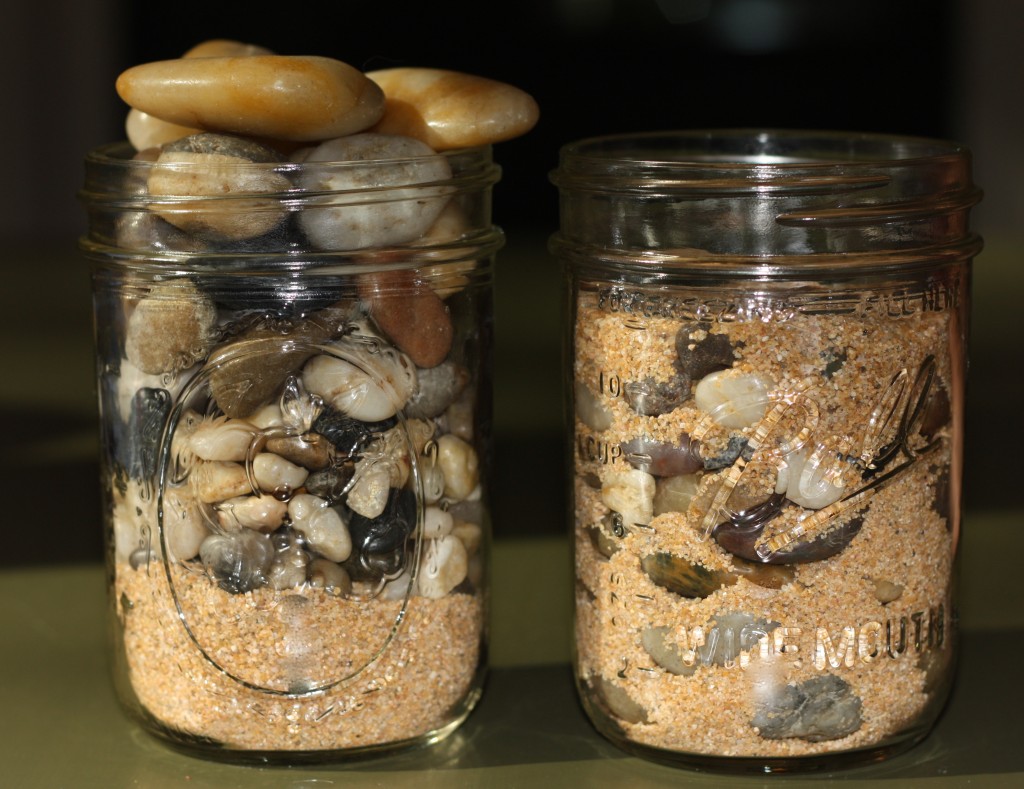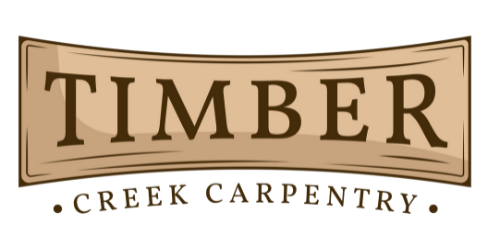
A “bucket water sand rock experiment” is a simple demonstration often used to illustrate the concept of prioritizing important tasks in life by visually showing how, if you put the large “rocks” (representing big priorities) in a bucket first, you can still fit in smaller items like “pebbles” (medium priorities) and “sand” (small tasks) afterwards, whereas if you start with the sand, you won’t have enough room for the bigger things; essentially highlighting the importance of focusing on the most crucial things first.
When remodeling a home, following the proper trades order ensures efficiency, minimizes rework, and reduces costs. Here is the ideal order of trades:
1. Planning & Permits
The higher an item ranks on the list, the greater the ROI, adding more value to the home and enhancing the homeowner’s enjoyment. Homeowners often hire professionals for a remodeling project who, whether unknowingly or intentionally, overlook its importance.
